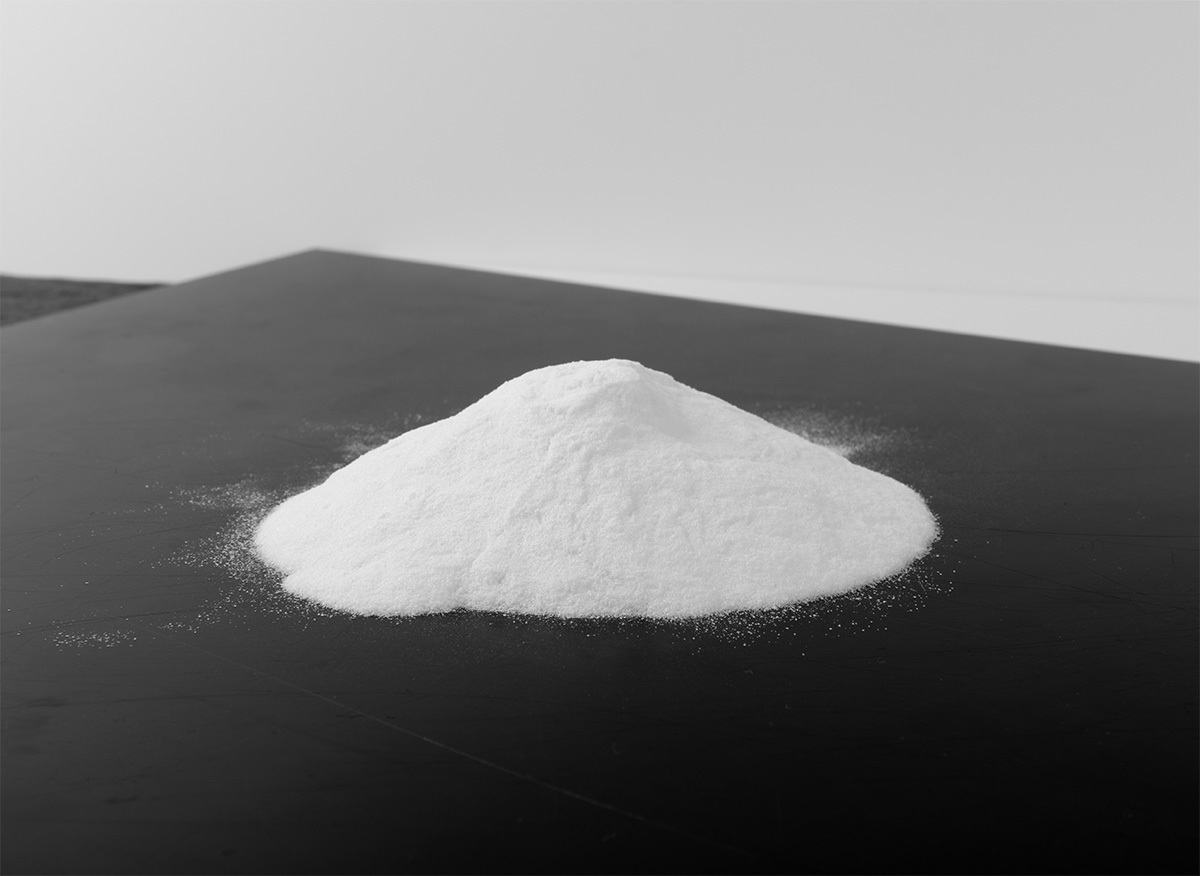
The Development Status of China's Feed Industry
The feed industry in China showed a slight downward trend in the first half of 2024. Specifically, the total output of industrial feed in China was 145.39 million tons
The feed industry in China showed a slight downward trend in the first half of 2024. Specifically, the total output of industrial feed in China was 145.39 million tons, a year-on-year decrease of 4.1%. This downward trend is mainly influenced by factors such as the optimization and adjustment of pig production capacity and the failure of livestock product consumption to recover to the expected level. In terms of specific breeds, pig feed production has fallen from a high level, with a year-on-year decrease of 7.3%; The demand for egg and poultry feed has slightly decreased, with a year-on-year decrease of 4.4%; The production of meat and poultry feed increased by 1.1% year-on-year, reaching a high level in the same period of the past five years; The demand for aquatic feed is lower than the previous year, with a year-on-year decrease of 2.4%; Ruminant animal feed continues to decline, with a year-on-year decrease of 8.8%; And pet feed is growing rapidly.
In addition, the national industrial feed production in June 2024 was 25.61 million tons, a month on month increase of 0.3% and a year-on-year decrease of 4.2%. The factory prices of main compound feed, concentrated feed, and additive premixed feed products have mainly decreased compared to the previous month and year-on-year. This further indicates the pressure and challenges faced by China's feed industry in the first half of 2024.
Compared with 2023, the national feed industry has achieved dual growth in output value and output, and the pace of industry innovation and development has accelerated. The total output of industrial feed in China reached 321.627 million tons, an increase of 6.6% over the previous year. By variety, pig feed production increased by 10.1%; Egg and poultry feed production increased by 2.0%; Meat and poultry feed production increased by 6.6%; Ruminant animal feed production increased by 3.4%; The production of aquatic feed decreased by 4.9%; Pet feed production increased by 18.2%.
In summary, the development of China's feed industry is influenced by various factors, including market demand, production costs, and policy adjustments. Despite facing some challenges, the industry is also seeking development through continuous adjustment and innovation.
Related news
2025-09-19
2024-08-07
2024-08-07





